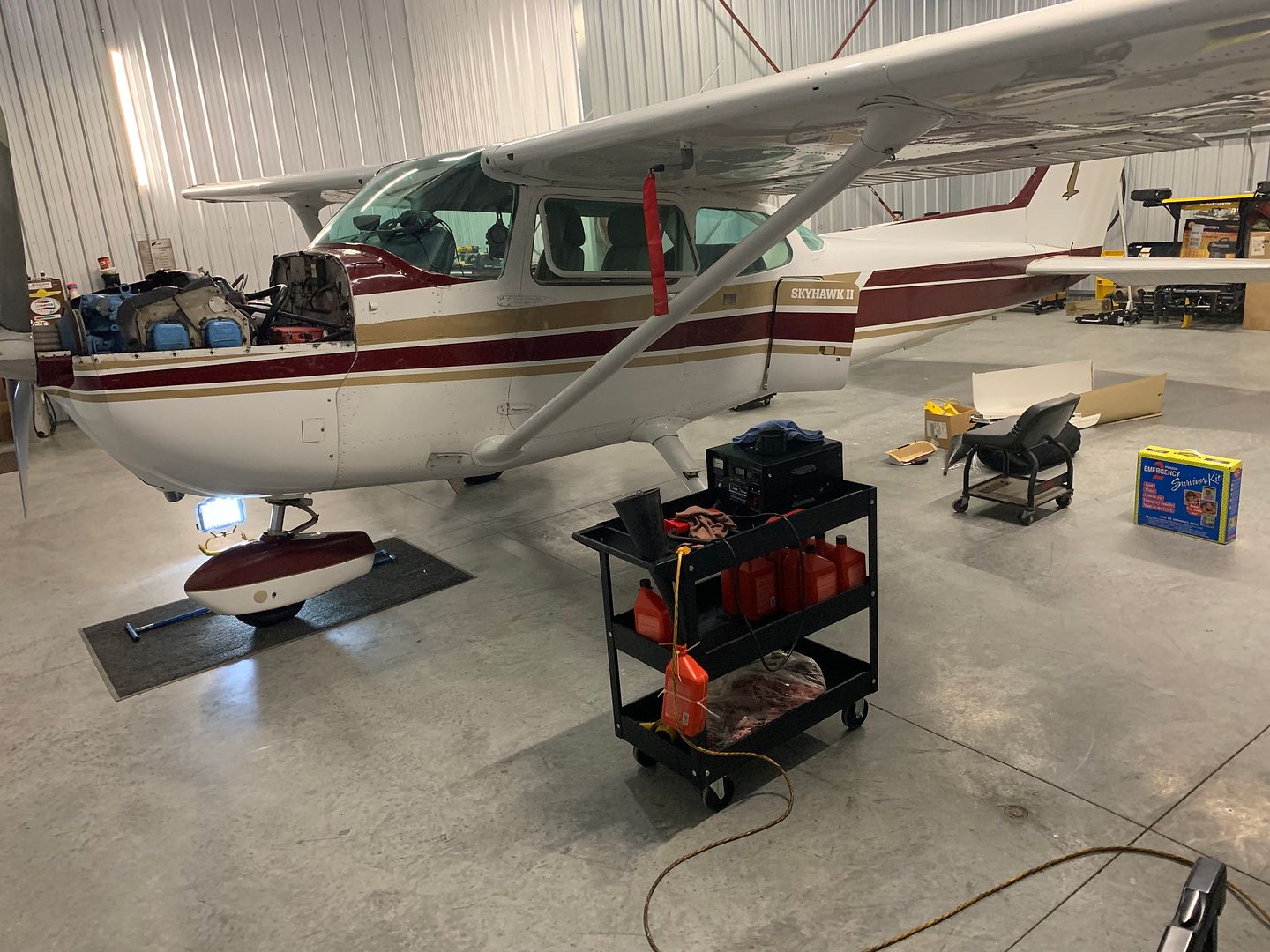Half Fast
Touchdown! Greaser!
So the conventional wisdom has always been to fly the plane for a while to warm up the oil prior to draining it. I'm starting to question that a bit and I'm curious what the POA collective thinks.
It seems to me that it makes sense to warm it up when using a single viscosity like 100 weight that's thick as molasses when cold. You need to get it warm to flow out of the engine. But I'm using multi-weight oil (XC 20-50 with CamGuard) and it seems to flow pretty well when cool. I've noticed that if I check the oil right after flying and then again 24 hours later, the level on the dipstick will rise by 1/4 to 1/2 quart. It appears to take several hours for all the oil to drain down into the crankcase.
So if I do the change immediately after flying, I might be leaving a significant amount of old oil in the engine. I suppose the best approach might be to start draining while the engine is warm, but let it continue to drain overnight. That's a bit inconvenient, though, and I wonder if it's really necessary with a multi-grade.
Thoughts?
It seems to me that it makes sense to warm it up when using a single viscosity like 100 weight that's thick as molasses when cold. You need to get it warm to flow out of the engine. But I'm using multi-weight oil (XC 20-50 with CamGuard) and it seems to flow pretty well when cool. I've noticed that if I check the oil right after flying and then again 24 hours later, the level on the dipstick will rise by 1/4 to 1/2 quart. It appears to take several hours for all the oil to drain down into the crankcase.
So if I do the change immediately after flying, I might be leaving a significant amount of old oil in the engine. I suppose the best approach might be to start draining while the engine is warm, but let it continue to drain overnight. That's a bit inconvenient, though, and I wonder if it's really necessary with a multi-grade.
Thoughts?


